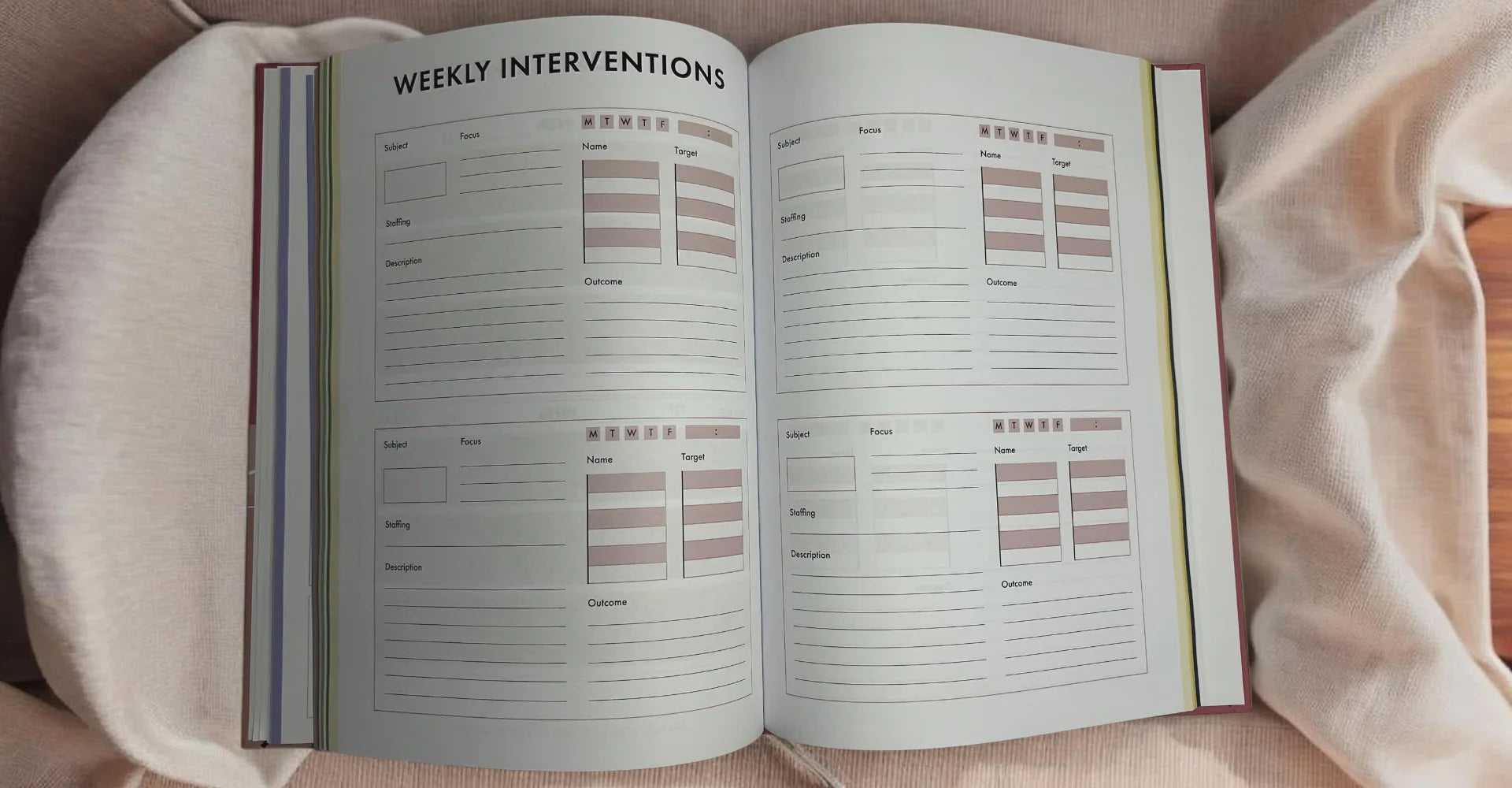
Mastering the Art of Classroom Harmony
Creating a positive and productive learning environment is essential for student success, and at the heart of this endeavor is effective behaviour management. As teachers, we often find ourselves faced with diverse personalities and behaviours in our classrooms. In this blog post, we'll explore a range of tried-and-true behaviour management techniques that empower educators to foster a culture of respect, engagement, and collaboration.
1.Clear Expectations and Consistent Communication:
Establishing clear expectations from the beginning sets the tone for a well-managed classroom. Clearly communicate your rules, routines, and expectations, and revisit them regularly. Consistency is key—students thrive in an environment where expectations remain steady, creating a sense of stability.
2. Positive Reinforcement:
Reinforce positive behaviour by acknowledging and rewarding students for their efforts. This can be as simple as verbal praise, stickers, or a recognition system. Positive reinforcement not only motivates individual students but also cultivates a positive atmosphere within the entire class.
3. Proactive Classroom Management:
Address potential issues before they escalate by adopting a proactive approach. Anticipate challenges, and implement preventative measures such as seating arrangements, clear transitions, and engaging activities. Being proactive helps create a classroom environment that minimises disruptions.
4. Establishing Relationships:
Build strong connections with your students. Understanding their individual needs, interests, and challenges allows you to tailor your approach to each learner. When students feel seen and valued, they are more likely to respond positively to your guidance.
5. Classroom Rules and Consequences:
Clearly outline consequences for both positive and negative behaviour. Consistently apply these consequences, making sure they are fair and proportionate. When students understand the consequences of their actions, they are more likely to make informed choices.
6. Conflict Resolution Strategies:
Equip students with the skills to resolve conflicts themselves. Teach active listening, effective communication, and problem-solving techniques. Encourage a classroom culture that values open dialogue and understanding, fostering a community where conflicts are resolved constructively.
7. Variety in Instructional Strategies:
Keep students engaged by incorporating a variety of instructional strategies. Differentiated instruction and interactive activities cater to diverse learning styles, reducing the likelihood of boredom or disruptive behaviour.
8. Time-Out and Reflection:
Sometimes, a brief break can provide students with the opportunity to reflect on their behaviour. Designate a calm, non-punitive space where students can regain composure and reflect on their choices before rejoining the class.
Effective behaviour management is a skill that evolves over time and requires continuous reflection and adaptation. By combining clear expectations, positive reinforcement, proactive strategies, relationship-building, and conflict resolution techniques, teachers can create a harmonious classroom that fosters a love for learning and sets the stage for academic success. The journey to effective behaviour management is a dynamic and rewarding process that ultimately contributes to a positive and enriching educational experience for both educators and students alike.